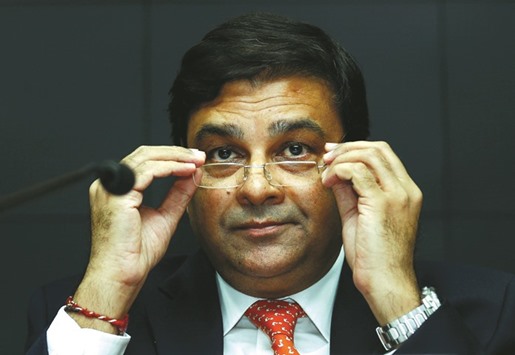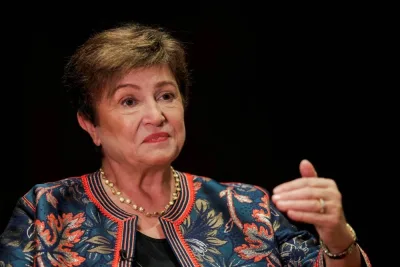India’s central bank cut interest rates to a six-year low yesterday, as the International Monetary Fund predicted the Asian giant would maintain its position as the world’s fastest-growing major economy.
The rate decision was expected to please Narendra Modi’s government who had become frustrated at the pace with which recently-departed Reserve Bank of India chief Raghuram Rajan had reduced rates during his tenure.
The RBI, under newly-appointed governor Urjit Patel, said the benchmark repo rate – the level at which it lends to commercial banks – would be brought down by 25 basis points to 6.25%.
In a statement it cited the positive inflationary effects of a good monsoon as the reason for bringing the main rate down to its lowest level since November 2010.
“The outlook for agricultural activity has brightened considerably,” the RBI said in a statement, adding that 85% of the country had received “normal to excess precipitation” during India’s four-month-long monsoon.
Good monsoon rains are vital for Indian crops and a particularly dry season can reduce farm output, raising food prices which can be crippling for the tens of millions of India’s poor.
The above average rains have brought relief to millions of rural farmers who were reeling from two years of drought, helping to push inflation down to a five-year low in August.
Lower interest rates boost consumer spending which can cause an uptick in inflation. Rajan, who stepped down last month, made controlling inflation a priority. Despite cutting rates four times, he came under government pressure to make deeper cuts to help stimulate spending. Yesterday’s interest rate decision was the first to be made by a new Indian monetary policy committee, which was established last month, rather than the chief of the central bank. Previously the governor would decide whether to cut rates. Now they are set by a six-member committee, including Patel, two RBI executives, and three independent economists appointed by the government.
Patel enjoys a deciding vote in the event of a tie, but cannot veto or overrule the committee.
The panel is similar to a committee in Britain that sets rates for the Bank of England.
All committee members voted in favour of cutting rates to 6.25%, the RBI said, adding that it expected to meet its target of limiting inflation to 5% by March 2017.
The Mumbai Stock Exchange had a muted response, closing up just 0.32%, or, 91.26 points, at 28,334.55.
“Today’s decision implies a slight dovish bias among the new MPC, which contrasts with the more hawkish approach of the previous governor,” said Shilan Shah of Capital Economics.
“This suggests that we could see further modest, loosening over the coming months. But the scope for aggressive rate cuts is limited,” the economist added in an emailed statement. Modi has made economic growth a priority since taking power in 2014 and India has been the world’s fastest-growing major economy, having outpaced Asian rival China for more than a year.
However, growth slowed sharply to 7.1% year-on-year in the first quarter of the 2016-17 financial year, down from 7.9% recorded in the preceding quarter.
The IMF yesterday tipped growth to pick up again.
“India’s GDP will continue to expand at the fastest pace among major economies, with growth forecast at 7.6% in 2016-17,” it said. The IMF praised the government’s introduction of a uniform goods and services tax but said further reforms were needed to make India’s labour market more flexible.

The Reserve Bank of India governor Urjit Patel attends a news conference after the bi-monthly monetary policy review in Mumbai yesterday. The RBI said the benchmark repo rate, the level at which it lends to commercial banks, would be brought down by 25 basis points to 6.25%.


